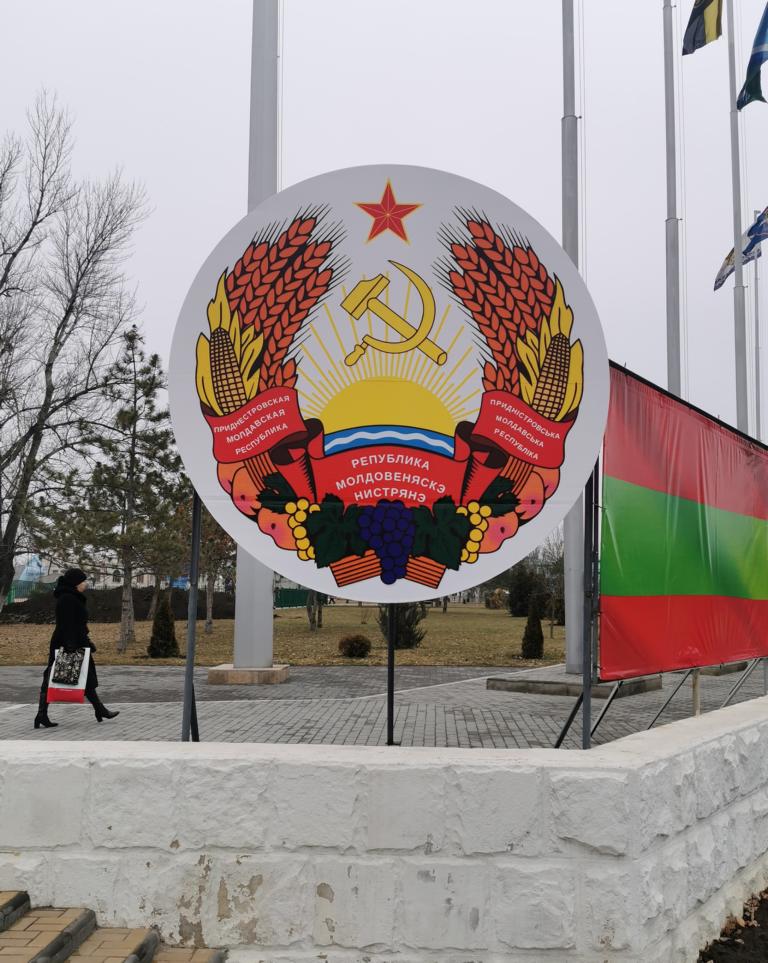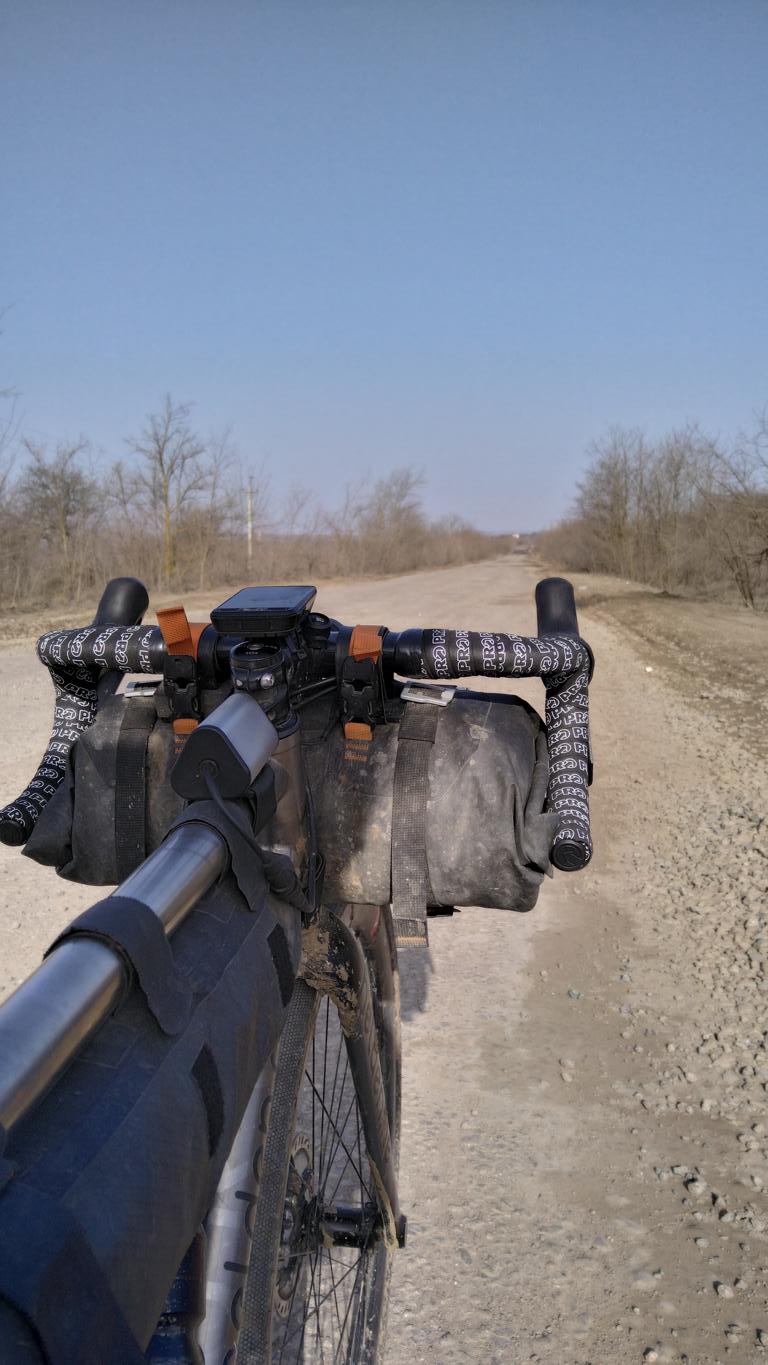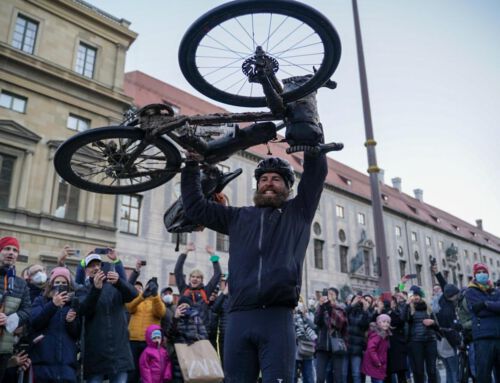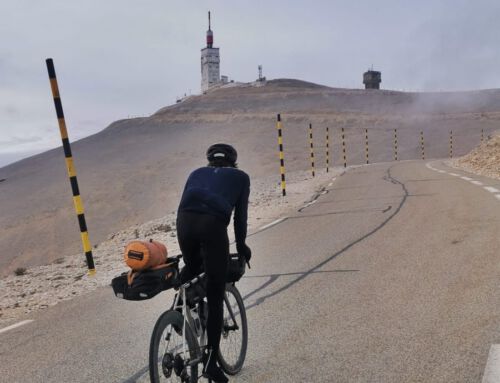Through Moldova, we take small back roads that are mostly gravel. It all looks relatively flat, but it goes up and down non-stop and results in 2000 metres of altitude difference at the end of the day. The landscape is not exactly spectacular, but the villages have a charm and look as if time has stood still.
Already in the darkness we come to a small market. Sergei, the seller, is also a truck driver. He lets us spend the night in the cabin of his truck, which is parked in front of his house.
Further over the Moldavian hills, we come to Transnistria. Under international law, Transnistria belongs to Moldova, but for 30 years it has been an independent pro-Russian region, which is not recognised by any state, but is in fact independent. Transnistria has its own government and administration, its own currency and its own military. Since Moldova does not recognise Transnistria, there is no exit from Moldova at the border, but there is entry with a turnpike and military posts. It is only 45 kilometres to the Ukrainian border and we quickly reach the capital Tiraspol. The real highlight of Transnistria, where the Soviet times are still very present. In the evening we stay in a small hotel just across the border and in the morning we set off for Odessa, 75 kilometres away, which has charm. The rich past is omnipresent in the somewhat run-down stately buildings and corner houses. The conditions the next morning are perfect. We take a main road out of Odessa, but it quickly turns into a gravel road and make 210 kilometres.
The next day starts with gravel again until we reach the industrial town of Krywyj Rih. We cross a 70 kilometre wide, run-down industrial area, on a 6-lane road and find a hotel with a Ukrainian wedding for the night.




